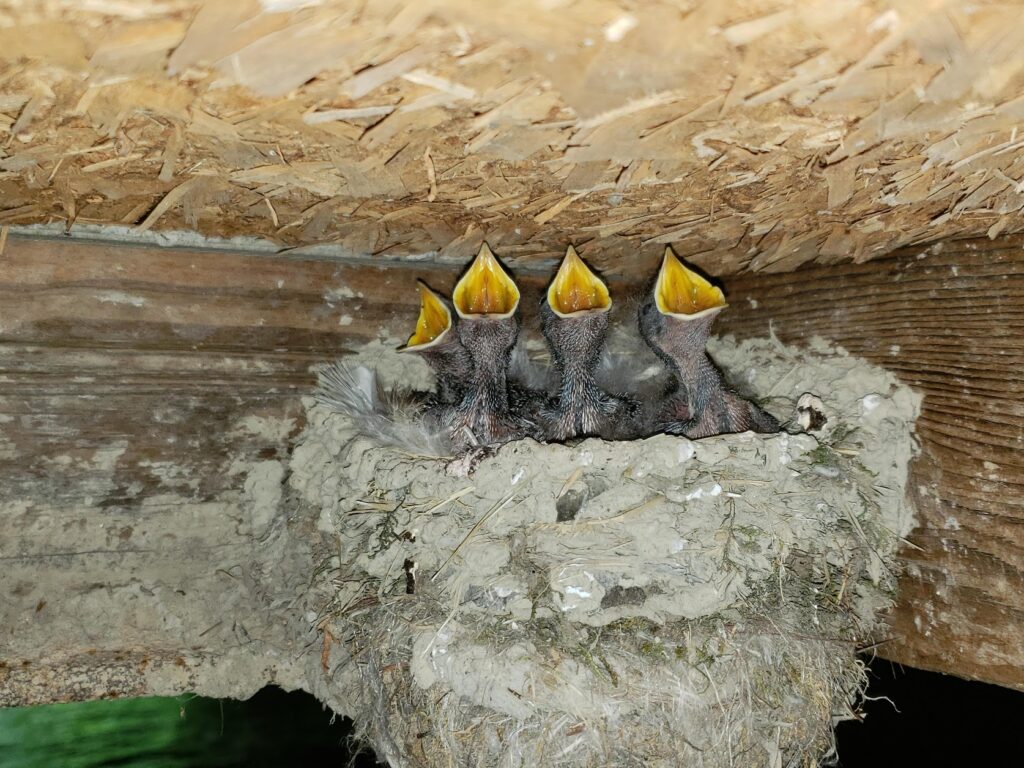Posts by Phoscrete
2024 PNW Bridge Maintenance Conference
Experience Innovation in Action at the PNW Bridge Maintenance Conference! Phoscrete Hands-On ShotPump Demo Transform the Way You Handle Concrete Repairs Join the Phoscrete team for an exclusive, up-close look at groundbreaking maintenance solutions. Adam, Kyle, Karl, and Thomas are eager to demonstrate and discuss Phoscrete’s latest MPC formulas, designed for rapid and…
Read MoreComparing Phoscrete’s MPC Formulas
ALL Phoscrete Magnesium-Phosphate Cement (MPC) Concrete Formulas have the following performance characteristics: Easy to mix, place and finish Fast-setting and long-lasting repairs Strong bond to concrete and to itself All Phoscrete formulas are packaged in kits (bags+jugs) with color-matched labels: Large Bag Kits: 50lb. (22.5 kg) bags plus 1-gallon jugs Small Bag…
Read MoreNTPEP Field and Lab Reports
And the Winner is… PHOSCRETE! (Whatever the Weather) F1-HC 2021 Ohio test deck inspection after 2 years F3-VO freeze/thaw image after 300 cycles AASHTO’s Product Evaluation and Audit program (formerly NTPEP), just published the two-year field inspection on Phoscrete F1-HC and F3-HC, and also published the 2023 lab reports on Phoscrete F3-HC…
Read MoreNew Packaging for Phoscrete MPC Products in 2024
For All Phoscrete MPC Products (F1-HC, F3-HC, and F3-VO) Here is a sample of our new full background color label for Phoscrete F1-HC large bag kits. Always match dry mix, activator, and label color. Verify the Use By Date. Click for more details! Introduction to the New Packaging Starting with our 2024 production…
Read MorePhoscrete Packaging and Pricing Update
Effective January 1 2024 What’s New? All Phoscrete formulas are now packaged in 50 lb. kits (bags + jugs) and 22 lb. kits (bags + jugs). Small pails are discontinued, but small bag kits can be delivered in 5-gallon pails with lid on request. F1-HC and F3-HC formulas are palletized with 52 kits of…
Read MorePhoscrete’s Double Points Holiday Promotion!
Double Your Rewards on Every Purchase Until 12/31/2023! Introduction to the Promotion This holiday season, Phoscrete is doubling the rewards for our valued customers. For every purchase you make, earn twice the points to spend on Phoscrete’s quality tools. It’s our way of saying thank you and enhancing your concrete repair projects. The Benefits…
Read MorePhoscrete in Cold Weather: A Quick Guide
Even when it’s freezing, Phoscrete F1-HC gets the job done fast! 1. Cold Weather Champ: For those who’ve worked with Phoscrete, you’re familiar with our Formula 1-HC. It works great in wintry weather and can handle temperatures as low as -10°F (-23°C). When other materials struggle in cold snaps, Phoscrete F1-HC gets the repair…
Read MoreGrateful for Your Trust: How Phoscrete Delivers More Than Just Concrete Repairs
Introduction At Phoscrete, we build more than just concrete solutions; we build relationships. This post is a heartfelt thank-you to each customer who has placed their trust in us. Quality and Consistency When you choose Phoscrete, you’re not just buying a product; you’re investing in a solution that works every time. Our rigorous quality control…
Read MorePhoscrete is open for business at our new Oakland Park headquarters!
Our new facility is perfect for our expansion, with more offices, dedicated R&D space, and a yard for materials testing and training. South Florida customers can pick up materials and rent equipment from our inventory. Please note that our production facilities continue to operate from Chicago. Our team stands ready…
Read MoreWhen the Birds Go Nuts, Phoscrete is the Answer!
When spring fever arrives, the flowers are blooming, the birds are chirping, and they’re also building nests in inconvenient places. Nesting season, can spell trouble for bridge maintenance engineers and contractors. Construction projects can be delayed when protective measures must be taken to preserve bird habitats. But don’t worry—Phoscrete has you covered! Our concrete product…
Read More









